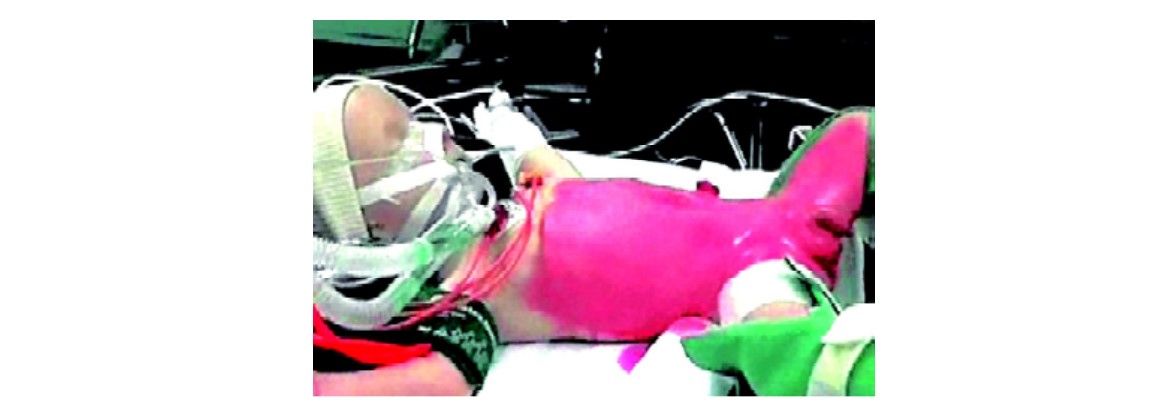Laparoscopic Pediatric Surgery
“There are no great discoveries or advances as long as there are unhappy children in the world”.
—Albert Einstein
—Albert Einstein
Laparoscopy in Infants and Children
When widespread use of laparoscopy and thoracoscopy in adult patients occurred in the first part of the 1990s, it did not transfer into widespread application in the pediatric population for a number of reasons. One of the strong reasons was the fact that pediatric surgeons did not have a commonly performed procedure, such as cholecystectomy, in which to refine their endoscopic skills. The most common intraabdominal procedure performed in infants and children is appendectomy and fundoplication, and it is difficult initially to learn these skills. In addition, the small intra-abdominal working space in infants and young children makes the operations more difficult and time-consuming. Children seem to recover more rapidly than adults, because of the fact that there is no underlying heart or lung disease. In the early 1990s, it was unclear whether there would be further benefits to an already faster healing process and recovery time. The main advantage of laparoscopy is the fact that it enables a magnified view of the abdominal cavity and the treatment of more than one pathology, even if located in different parts of the abdominal cavity, without enlarging the abdominal incision as in case of open surgery, and during the same anesthesia. Moreover, the laparoscopy permits the identification and treatment of clinically silent pathologies or the discovery of a rarely associated pathology while performing surgery for a different indication.

All the vital parameter should be strictly monitored in the pediatric age group
Many of the leaders in pediatric surgery were not skilled in this new technology and, therefore, pediatric surgeons finishing their training program were not being trained in this laparoscopic approach. When information and documentation of the benefits of minimal access surgery have been published, this technology is used more today as compared to the mid-1990s. Intra-abdominal procedures such as fundoplication, splenectomy, appendectomy, and cholecystectomy are being commonly performed by pediatric surgeons. In addition, many pediatric surgeons use diagnostic laparoscopy through a known unilateral inguinal hernia sac to determine whether there is a contralateral patent processus vaginalis, which might indicate the need for contralateral repair under the same anesthesia. Laparoscopic primary pull-through procedures in the neonatal period for correction of Hirschsprung’s disease are popular among many pediatric surgeons. The cutting edge of laparoscopy in pediatric surgery is procedures such as intestinal resection for Crohn’s disease and colectomy with J-pouch reconstruction for ulcerative colitis. In the chest, many operations in children are applicable for the thoracoscopic route as thoracoscopic repair of esophageal atresia with tracheoesophageal fistula, but the thoracoscopic approach remains in its infancy with this congenital anomaly at this time.
A number of pediatric surgeons utilize laparoscopic fundoplication following open gastrostomy in children. Regarding the recurrence of gastroesophageal reflux following partial anterior fundoplication, many of these recurrences can simply be converted to a Nissen fundoplication with good results. Usually, there is much less inflammation and adhesion formation following the initial laparoscopic procedure than occurs following an open operation.





